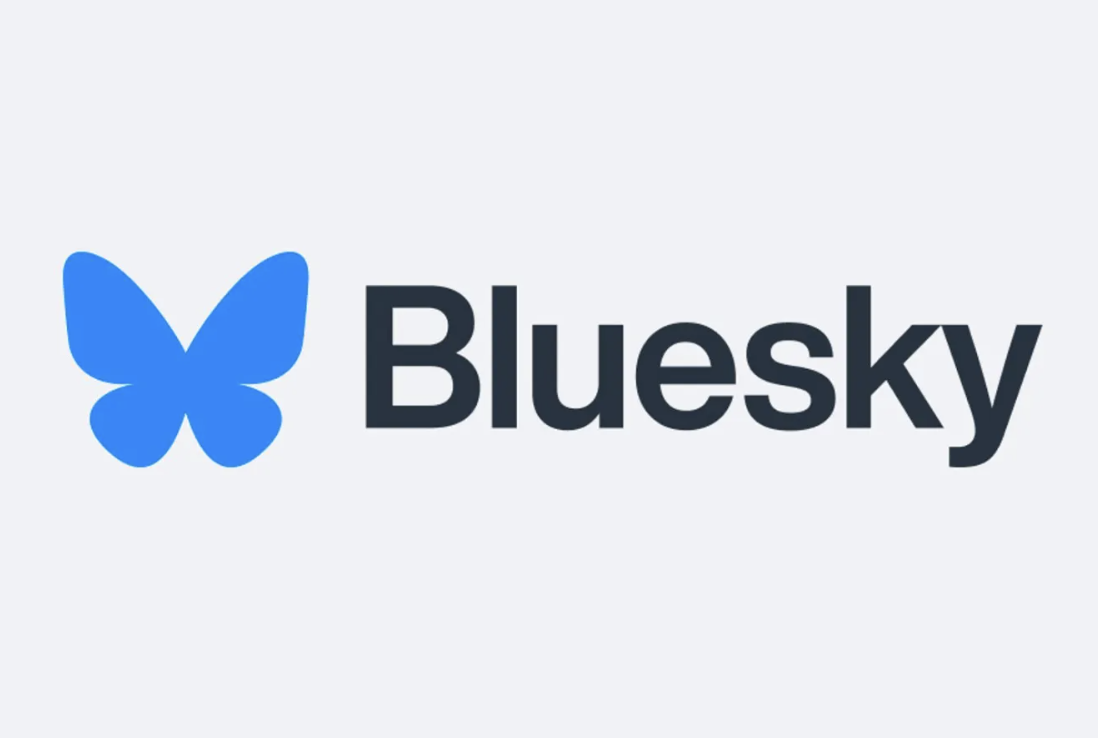Bluesky: Old Twitter Vibes, New World Hopes
Ever grab your phone, tap a social media app, and drown in a tsunami of algorithm-picked garbage? On top of it, you never see anything from the friends or follows you actually care about? Well, you are not alone.
Instagram, which was once a photo-sharing app, is now obsessed with reels, shoving short-form videos into our feeds even if we prefer static posts. Facebook is a cluttered mix of sponsored content, irrelevant recommendations, and declining organic reach, making it feel impersonal. And X? It used to be about real-time conversations, but now the algorithm amplifies paid users, viral nonsense, bots and Musk’s own tweets, sidelining genuine interactions.
Social media is no longer what it used to be. Whether its Facebook, Instagram, or X, social media is no longer about what users want to see but what the algorithm decides is best for engagement (and ad revenue). Over the years, these apps have shifted from being simple social networks to algorithm-driven content farms. Posts that matter get buried under ads, suggested posts, and influencer content. Honestly, it’s boring and tiring.
We are stuck in a loop of content we never asked for, draining the fun out of these platforms. This is what led me to explore a new social media app – Bluesky.
What is Bluesky?
Launched in 2019 by former Twitter CEO Jack Dorsey, Bluesky started as a decentralized antidote to the centralized chaos of modern social media. Built on the open-source AT Protocol, it promises algorithmic choice, a federated design, and community-specific moderation—features that let users shape their feeds based on interests, not ad-driven algorithms. Yet, its interface and 256-character posts echo early Twitter so closely that it risks feeling like a nostalgia play rather than a bold leap forward.
While its decentralized bones set it apart from X’s centralized control, Bluesky’s challenge is to innovate beyond mimicking Twitter’s past and define a future where user empowerment isn’t just a throwback gimmick. As an independent public benefit corporation led by CEO Jay Graber, Bluesky has grown to over 33 million users by March 2025.
It sustains itself without ads through paid services, like the upcoming Bluesky+ subscription for premium features such as high-quality video uploads and profile customization, distinct from X’s pay-to-win model. In November 2024, it raised $15 million in Series A funding, and in December, Peter Wang’s Skyseed launched a $1 million fund for AT Protocol projects. Recently, Graber proposed options to control data scraping for AI training, sparking debate among users wary of any shift from Bluesky’s anti-data-sale roots.
How to Use Bluesky?
When you sign up for Bluesky, you get a handle like @username.bsky.social, along with a bold display name. If you own a domain, you can even turn it into your username—so, for example, I could be @aakriti.writer.traveler.
The app itself feels like a stripped-down version of X. You can post up to 256 characters, add photos, and interact with posts by replying, reposting, liking, or sharing. There’s a “Home” feed for updates from people you follow and a personalized “Discover” feed that surfaces more than just trending content.
To help new users get started, Bluesky offers a “Starter Pack” with a curated list of people and custom feeds to follow. Profiles include the usual—profile pic, bio, follower count, and posts, which are split into “posts” and “posts & replies,” just like X. In January 2025, Bluesky added a video tab to profiles and even launched a vertical video feed to take on TikTok.
There’s also a “Discover” tab at the bottom, offering follow suggestions and a feed of recent updates. Overall, Bluesky is shaping up to be a familiar yet fresh alternative in the social media space.
My Two Cents
After a few days on Bluesky, its appeal is clear: it’s a cleaner, quieter escape from X’s noise, with a vibe that takes us back to Twitter’s simpler days of random thoughts and shitposting. The familiarity is comforting, almost too comforting. It nails the nostalgia but leans so heavily on Twitter’s old playbook that it feels more like a clone than a challenger. Its decentralized edge and custom feeds are promising, but Bluesky needs to push harder and think of radical transparency tools, interactive community features, or even gamified engagement to break free of the ‘Twitter 1.0’ shadow. Right now, it’s a refreshing throwback; with bolder innovation, it could be a game-changer.

In India, Bluesky’s presence is still negligible, but the market is a goldmine waiting to be tapped. As of 2025, India boasts over 900 million social media users, about 62% of its 1.45 billion population, making it the world’s second-largest market after China (1.07 billion users), according to Statista and DataReportal. WhatsApp dominates with 531 million users, followed by Instagram (517 million) and Facebook (493 million), while X trails with an estimated 50 million. Indians spend an average of 2.5 hours daily on social platforms, driven by affordable data and a mobile-first culture.
X fatigue is real here too as users complain of bots, amplified agendas, and a cluttered feed, yet Bluesky’s decentralized pitch faces hurdles. Its 33 million global users pale against India’s giants, and its text-heavy, niche-community focus might not instantly click with a market hooked on video-driven apps like Instagram Reels and YouTube (503 million users). Still, with growing privacy concerns and a hunger for alternatives, Bluesky could carve a niche if it adapts, perhaps by prioritizing Hindi and regional language support or leaning into short-form video to rival TikTok’s lingering influence.
For now, it’s an untapped opportunity; a strategic push could see it ride India’s next social media wave. If you’re craving a space to post freely and engage with niche communities, Bluesky’s worth a shot, if it dares to dream bigger.







